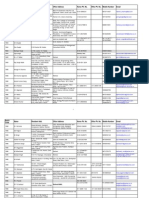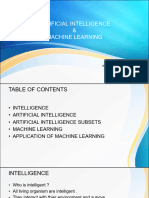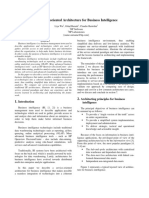0% found this document useful (0 votes)
90 views5 pagesDBMS Essentials for IT Students
A Database Management System (DBMS) is software that facilitates the storage, retrieval, management, and manipulation of data across various applications. The document covers key concepts including database architecture, data models, normalization, SQL, transactions, and security, highlighting the differences between SQL and NoSQL databases. DBMS is critical in sectors like banking, e-commerce, healthcare, and social media for efficient data management.
Uploaded by
Ahmet Yasir KayaCopyright
© © All Rights Reserved
We take content rights seriously. If you suspect this is your content, claim it here.
Available Formats
Download as DOCX, PDF, TXT or read online on Scribd
0% found this document useful (0 votes)
90 views5 pagesDBMS Essentials for IT Students
A Database Management System (DBMS) is software that facilitates the storage, retrieval, management, and manipulation of data across various applications. The document covers key concepts including database architecture, data models, normalization, SQL, transactions, and security, highlighting the differences between SQL and NoSQL databases. DBMS is critical in sectors like banking, e-commerce, healthcare, and social media for efficient data management.
Uploaded by
Ahmet Yasir KayaCopyright
© © All Rights Reserved
We take content rights seriously. If you suspect this is your content, claim it here.
Available Formats
Download as DOCX, PDF, TXT or read online on Scribd
/ 5




















































































































